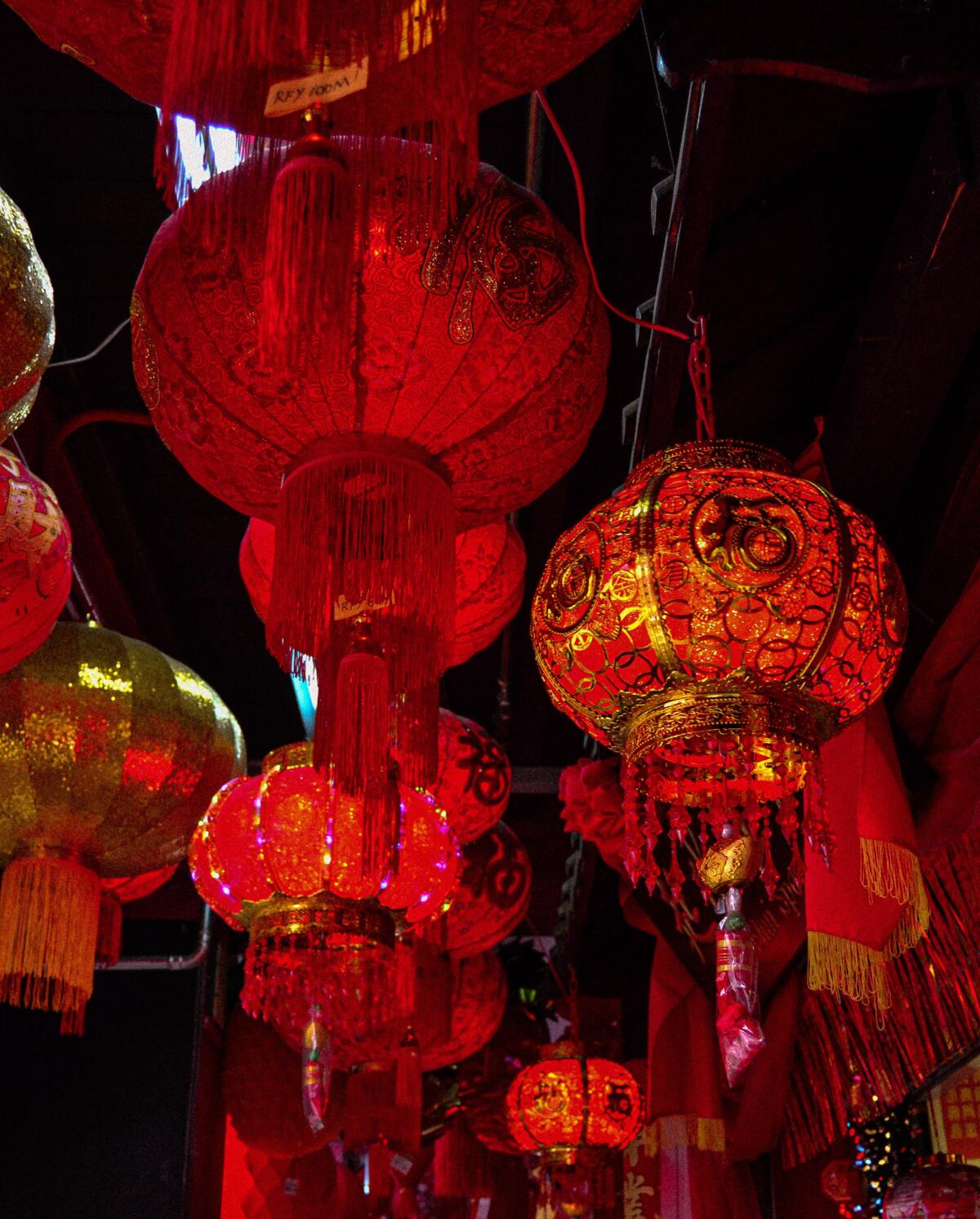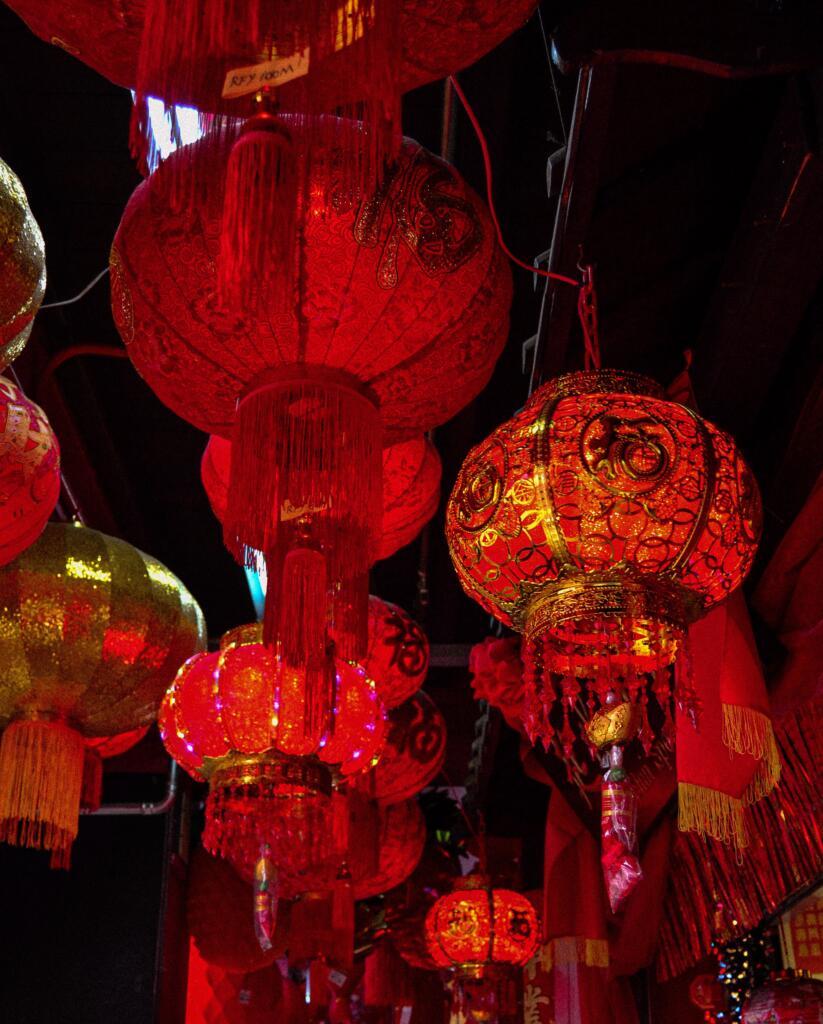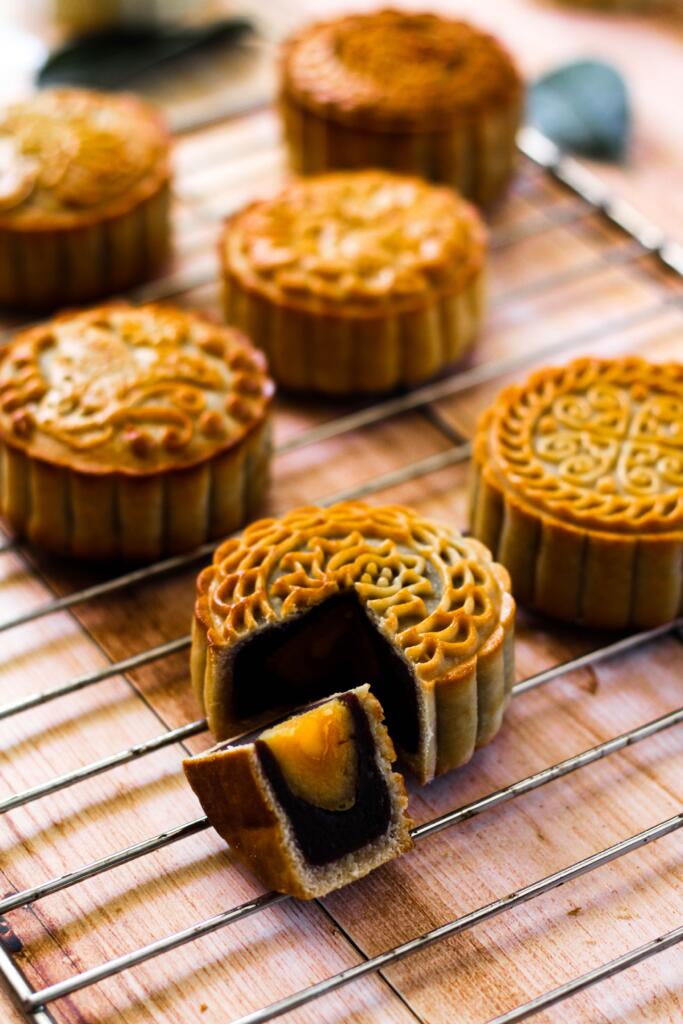
As a business professional, I have learned that building strong relationships is crucial to success, especially in Chinese business culture. The concept of guanxi, which translates to “connections” or “relationships,” is deeply ingrained in Chinese society and has been a key factor in business dealings for centuries. In this article, we will explore the history and importance of guanxi in Chinese business culture, as well as provide tips on how to build and maintain these relationships.
What is Guanxi?
Guanxi is a complex social system that emphasizes the importance of building and maintaining relationships. It is based on the idea that social connections are essential to success in both personal and professional life. Guanxi can be thought of as a web of relationships that connects individuals and groups, creating a network of mutual obligation and trust.
In Chinese business culture, guanxi is a vital aspect of conducting business. Apparently, building strong relationships with clients, suppliers, and business partners is essential to success. Guanxi is not just about doing business, it’s about building trust and fostering personal connections.
A Brief History of Guanxi in Chinese Culture
The concept of guanxi has a long history in Chinese culture, dating back to ancient times. In traditional Chinese society, relationships were based on hierarchical social structures, such as family, clan, and social status. Strict rules of conduct and mutual obligations govern these relationships.
In the early 20th century, China underwent a period of rapid modernization and industrialization. During this time, the importance of guanxi in business dealings grew as a way to navigate the complex and rapidly changing economic landscape.
Today, guanxi remains an integral part of Chinese culture and business practices. One can say, it is a key factor in building trust and establishing long-term business relationships.
Why is it Important in Chinese Business?

In Chinese business culture, guanxi is essential for building trust and establishing long-term relationships. It is believed that by building a strong network of relationships, individuals and businesses can gain access to opportunities and resources that would otherwise be unavailable.
Guanxi is also important for navigating the complex regulatory and legal environment in China. If you establish strong relationships with government officials and other influential individuals, your businesses can gain access to information and resources that can help you navigate the often-complex regulatory landscape.
Additionaly, guanxi is essential for building trust with clients and business partners. In Chinese business culture, trust is built through personal relationships and connections, rather than through legal contracts or written agreements.
How to Build Guanxi Relationships
Building guanxi relationships requires time, effort, and patience. It involves building trust and establishing personal connections with clients, suppliers, and other business partners.
One way to build guanxi relationships is through face-to-face meetings. In Chinese business culture, meetings are an essential part of building relationships. They provide an opportunity for individuals to get to know each other on a personal level and establish trust.
Another way to build guanxi relationships is through gift-giving. In Chinese culture, gift-giving is an important way to show respect and build relationships. However, it’s important to be aware of the cultural norms surrounding gift-giving, as there are strict rules around what is appropriate to give and when.
Finally, building guanxi relationships requires patience and persistence. It’s important to invest time and effort into building relationships, even if it doesn’t lead to immediate results. Relationships take time to develop, and it’s important to be patient and persistent in building them.
The Role of Gift-Giving in Guanxi
Gift-giving is an important aspect of guanxi relationships in Chinese business culture. It is seen as a way to show respect and build relationships. However, it’s important to be aware of the cultural norms surrounding gift-giving.
In Chinese culture, gift-giving is governed by strict rules of etiquette. For example, it’s important to avoid giving gifts that are too expensive, as this can be seen as an attempt to buy influence. It’s also important to avoid giving gifts that are too small, as this can be seen as a sign of disrespect.
When giving gifts, it’s also important to consider the timing. For example, it’s not appropriate to give gifts during initial meetings, as this can be seen as an attempt to influence the outcome of the meeting. Instead, gifts should be given after a relationship has been established.
Maintaining Guanxi Relationships
Maintaining guanxi relationships requires ongoing effort and commitment. It involves staying in touch with clients, suppliers, and other business partners, and keeping them informed about your activities and progress.
One way to maintain guanxi relationships is through regular communication. This can involve phone calls, emails, or face-to-face meetings. It’s important to stay in touch and keep the lines of communication open.
Another way to maintain guanxi relationships is through networking events. These events provide an opportunity to meet new people and strengthen existing relationships. It’s important to attend these events regularly and make an effort to connect with new people.
Finally, maintaining guanxi relationships requires a commitment to honesty and integrity. It’s important to be transparent in your dealings and to follow through on your commitments. This helps to build trust and strengthen relationships over time.
Recommended readings:
International Students into Entrepreneurship in China: Ultimate Guide
Contemporary Chinese Business and Culture
Medical Examination for China Student Visa
Study Tips for International Students in China
Guanxi vs. Networking in Western Cultures
While guanxi is an important aspect of Chinese business culture, it’s important to note that it differs from networking in Western cultures. In Western cultures, networking is often based on the exchange of information and the pursuit of mutual interests. On the other hand, guanxi is based on personal relationships and mutual obligations.
Additionally, in the Western cultures, networking is often seen as a way to gain access to new opportunities and resources. However, in the Chinese culture, guanxi is seen as a way to build trust and establish personal connections.
The Benefits of Connections in Business

The benefits of guanxi in business are numerous. By building strong relationships with clients, suppliers, and other business partners, individuals and businesses can gain access to new opportunities and resources.
In addition, it can help to build trust and establish personal connections, which can lead to long-term business relationships. This can be especially valuable in industries where trust is essential, such as finance or healthcare.
Finally, it can help to build a strong reputation in the community. By establishing strong relationships with influential individuals and organizations, individuals and businesses can gain respect and recognition within their industry or community.
Read an academic paper on guanxi in the job search market in China here
Challenges of Guanxi in Modern Times
While guanxi remains an integral part of Chinese business culture, it faces several challenges in modern times. One of the biggest challenges is the rise of digital communication. While face-to-face meetings remain an important part of building relationships, digital communication has become increasingly important in recent years.
Another challenge is the changing regulatory environment in China. As China continues to modernize and open up its economy, the regulatory environment is becoming more complex and difficult to navigate. This can make it challenging to build and maintain relationships.
Finally, there is the challenge of balancing guanxi relationships with legal and ethical considerations. While it can be a powerful tool for building relationships and gaining access to resources, it’s important to do so within the bounds of the law and ethical considerations.
In summary, guanxi is a complex social system that emphasizes the importance of building and maintaining relationships. It has been an integral part of Chinese society and business culture for centuries and remains an essential aspect of conducting business in China today.
Leave your comments below, let’s get interactive.



